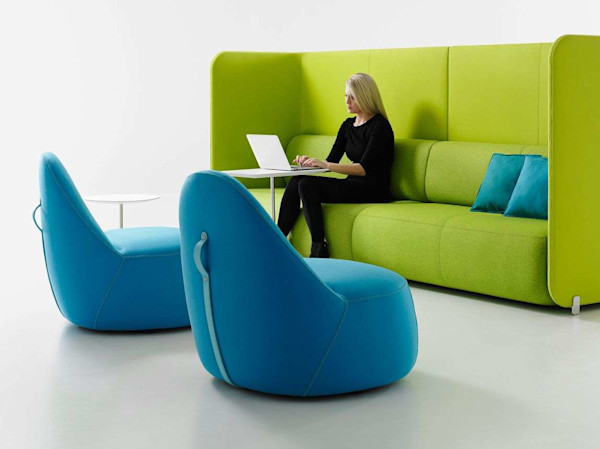Sustainability Doesn’t Mean Spending a Lot of Green

Updated May 2022 Being eco-friendly isn’t a fad like Beanie Babies, Napster, or Jelly shoes. It’s a movement to sustain the only planet we have. As more people take this responsibility seriously, business owners see their role in promoting sustainability in their practices for ethical, moral, and financial purposes. They also see how it positively affects employees and, in many cases, the clients and customers who use their goods and services. But how do you get started if you’re just going green — especially if you’re a young entrepreneur who doesn’t have the financial resources to invest in some top-of-the-line features like energy-saving lights or power management controls? It may be more low impact than you think.
Sustainability Can Start Small

Easy does it - Start your initiative with some easy things you can quickly implement. Eliminate styrofoam cups and encourage employees to bring their own mugs to work. Make pots of coffee and get rid of any single-serve machines that create excessive waste. Set the printers to default to double-sided printing and make recycling bins easy to access (and keep them clean!).
Let it grow - Encourage employees to bring plants to work. It’s an economical way to clean the air and give the office that tranquil biophilic feel. Adding some natural green to the office improves employee mood and gives them a sense of responsibility that’s outside the normal scope of “work.”
Give back - Create a community service policy for your office. Engaging employees and owners to give back encourages retention and fosters a sense of teamwork inside and outside the workplace.
Form a team - Involve employees in sustainability efforts. Give them the opportunity to create or be a part of the program or help direct it. Allow them to set measurable goals and have responsibility for achieving them.
Reduce Your Impact

Get smart strips - These helpful tools turn off the power supply to the peripheral machines connected to the primary gadget you’re turning off. For example, if you’re powering down your hard drive, your connected monitor and printer will be disconnected, as well.
Buy local - When you buy local, you’re reducing the carbon footprint attached to that item as opposed to buying something from one of the big box stores that ship coffee, tea, or hand soap from a headquarters far away from where you run your business. When you can, source items from companies with sustainability practices.
Let it Ride - Encourage your people to take public transportation and/or ride their bikes to work. Make the option to bike even more attractive by installing bike racks outside the office and offering bike shares.
Really recycle - How much waste does your business create and do you know where all of it can go? Check out Re:Source. You may have more options for environmentally-friendly disposal than you are aware of.
Virtual and Hybrid Work

Do it online - The last 2 years have shown us that most work these days can be done while connected to the internet. And although we have made a push to return to the office we can still use our virtual meeting skills to reduce our impact. Have a meeting across town? Why not do it virtually? Holding a lunch and learn? Send out the invitations electronically. If you’re taking meeting notes, preparing agendas, and writing briefs, save it in the cloud and share it. There’s little reason to waste ink and paper these days.
Be flexible - Continue to let employees work from home one day a week. You’re having a positive impact by decreasing carbon emission and increasing productivity when employees feel empowered by a more lenient schedule.

Becoming a green business and increasing sustainability takes time, effort, and human power. When considering the health of our planet, it’s very little to give. As a business, being a part of the green movement is the ethical and moral equivalent of being a steward for a more just and equitable planet. Promote a collaborative, green space in your office. Want to explore more? Check out these related topics:



